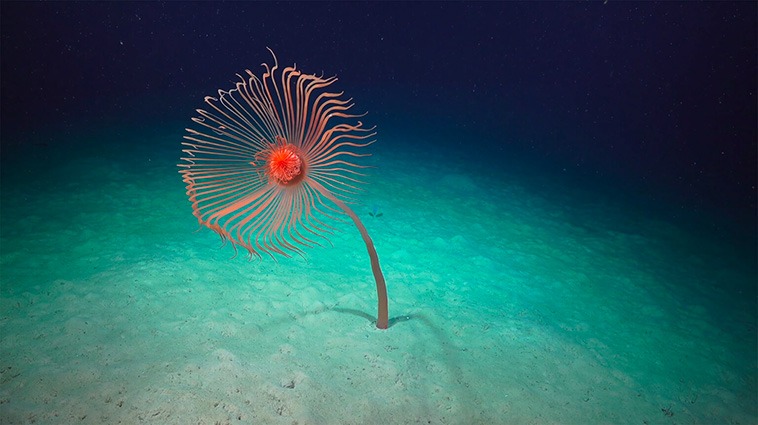ANIMALS
Discover the Captivating Beauty of Wilson’s Bird of Paradise with The Spectacular Plumage

You don’t have to be a bird enthusiast to appreciate the wonder of birds. They are renowned for their unique features and stunning looks. It’s evident that nature has bestowed birds with remarkable beauty, captivating us whenever we encounter these magnificent creatures. Today, we introduce you to Wilson’s bird-of-paradise, a breathtaking bird that will leave you in awe with its mesmerizing appearance.
Wilson’s bird-of-paradise, scientifically known as Cicinnurus respublica, is a type of songbird that belongs to the Paradisaeidae family.
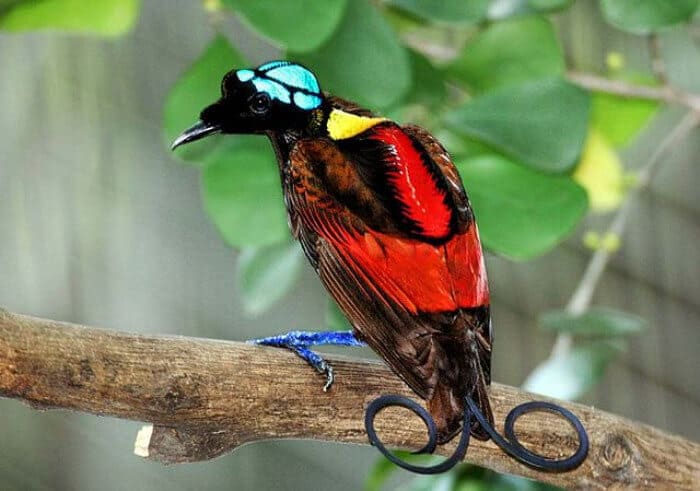 Image source: Serhanoksay / CC BY-SA 3.0
Image source: Serhanoksay / CC BY-SA 3.0
The Bird of Paradise family consists of 42 different species, categorized into 15 genera. Most of these birds inhabit dense rainforest areas. While many species in this family face the risk of extinction or are endangered, Wilson’s bird of paradise is not currently endangered. However, it is listed as a threatened species and considered at risk due to the loss of its natural habitat.
 Image source: priaprameshwara
Image source: priaprameshwara
Similar to other birds of paradise, Wilson’s bird of paradise primarily feeds on fruits and insects, which is why they are commonly found in hilly rainforest areas. These stunning birds are native to Indonesia, specifically the hill and lowland rainforest regions of Waigeo and Batanta Islands, located off the coast of West Papua. Bird enthusiasts have a good chance of spotting these beautiful flying creatures in these areas.
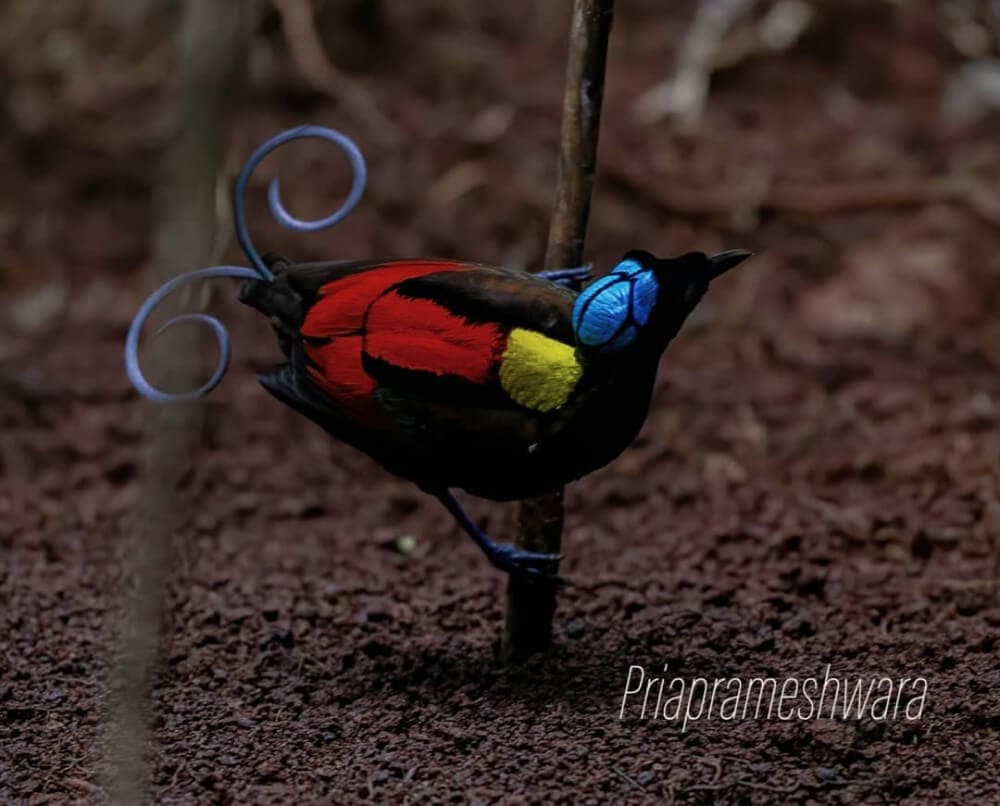 Image source: priaprameshwara
Image source: priaprameshwara
When discussing the birds in the Paradisaeidae family, it is common to highlight the striking appearance of the male birds. They are known for their vibrant and colorful plumage, which is especially remarkable in the case of male Wilson’s birds. These magnificent creatures have predominantly black feathers with eye-catching accents of bright red, a large patch of vibrant yellow on their necks, emerald-like green on their throats, stunning blue feet, and elegantly curved violet tail feathers.
Apart from their stunning and colorful feathers, Wilson’s bird of paradise also boasts a unique feature—a bright, fluorescent blue patch on its head. This naked blue patch is adorned with a distinctive black double cross design. Imagining the sight of these birds in person is truly awe-inspiring.
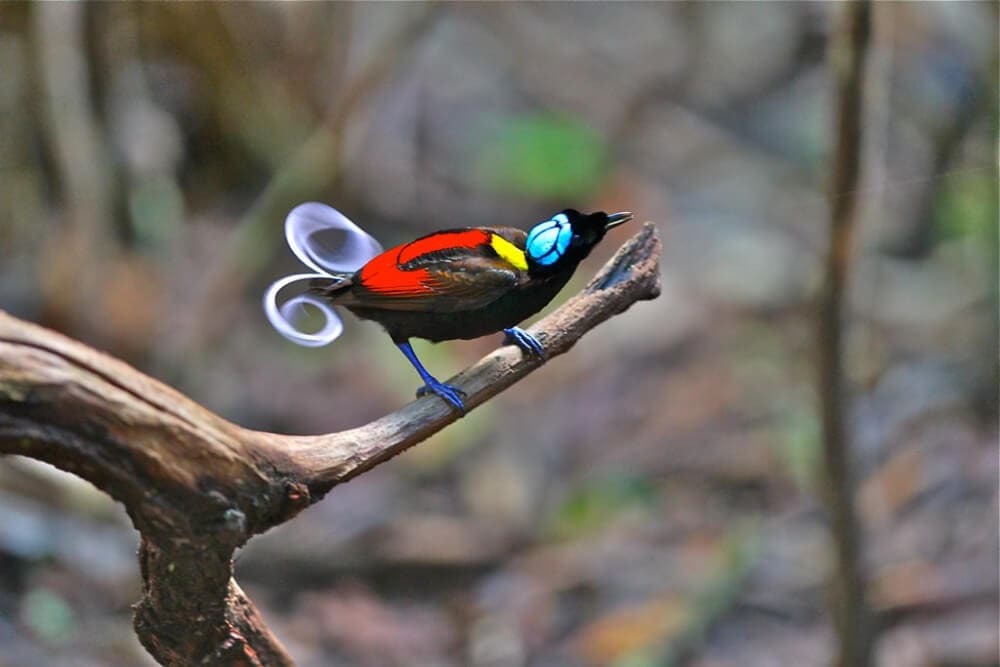 Image source: Flickr
Image source: Flickr
On the other hand, female Wilson’s birds have a more subdued appearance compared to males. Their feathers are predominantly brownish, with a slightly darker blue crown than their male counterparts. Referring to the appearance of female Wilson birds, the popular bird blog Just Birding once commented: “Don’t feel bad for the drab female because it is this sexual dimorphism that gives her the power to judge the male’s appearance and choose whether he will make a proper father for her offspring, genetically speaking.”
On average, these stunning birds measure around 6.3 inches (16 cm) in length, but males can grow up to 8.25 inches (21 cm) when accounting for their curly tail feathers. In their natural habitat, Wilson’s bird of paradise has a lifespan of 5-8 years, but it can live up to 30 years in captivity.
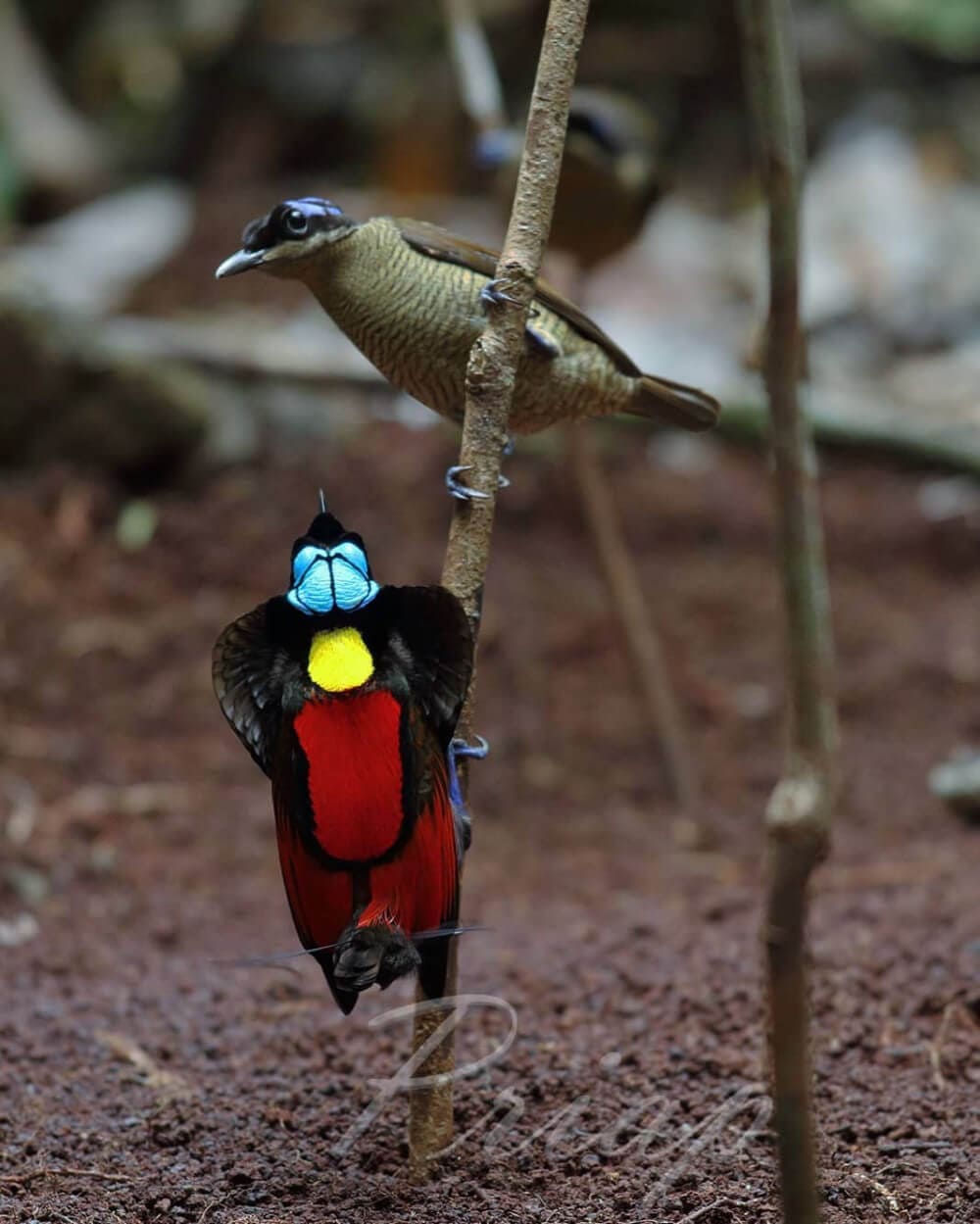 Image source: IndoGlobal Adventure
Image source: IndoGlobal Adventure
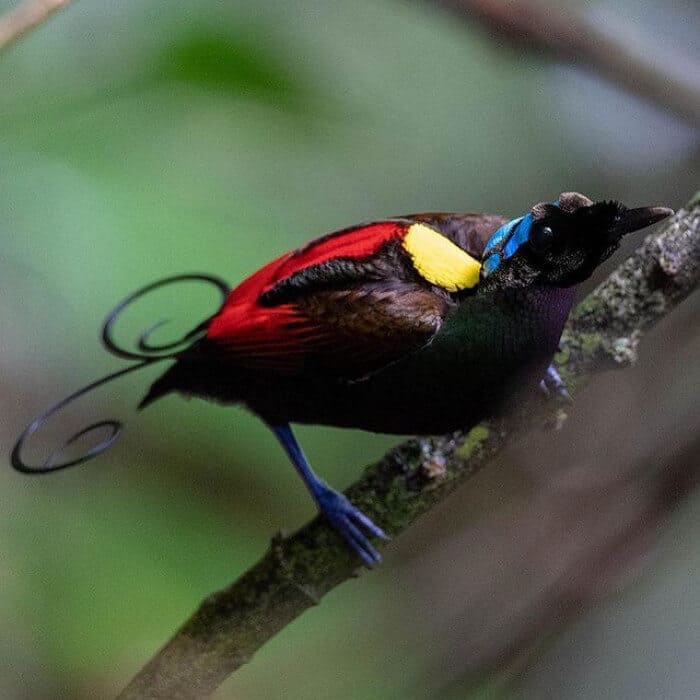 Image source: IndoGlobal Adventure
Image source: IndoGlobal Adventure
One of the well-known characteristics of these birds is their mating behavior. The male Wilson’s Bird of Paradise practices polygamy, which means they do not have a lifelong partner. A male bird can have multiple female partners at the same time. After the eggs are hatched, females take on the responsibility of building and caring for the nests and their offspring. In contrast, males leave the nest and continue to seek new mates. It may seem disloyal, but this is how they behave in nature!
ANIMALS
Amazing Video of Unseen Ocean Creatures in the Ningaloo Canyons
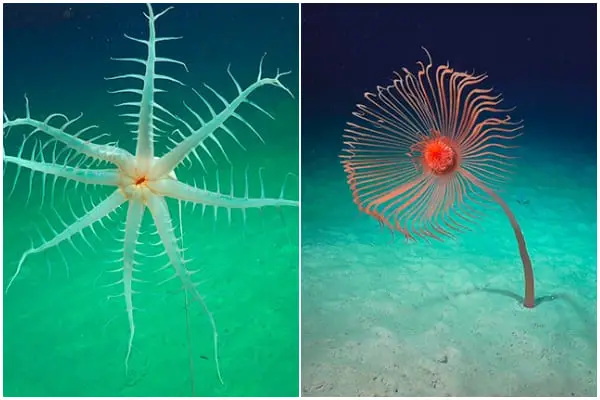
The Schmidt Ocean Institute recently explored the Ningaloo Canyons on the western coast of Australia using a robotic underwater vehicle called the ROV Sebastian. Check out the amazing video of what they discovered in the deep parts of the Indian Ocean.
More info: Youtube
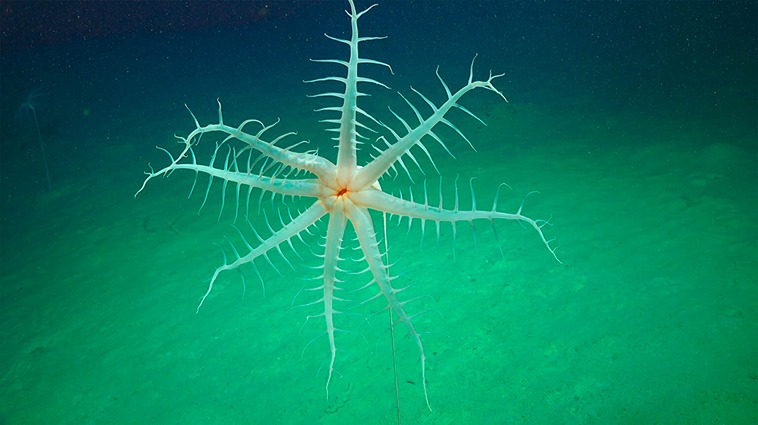
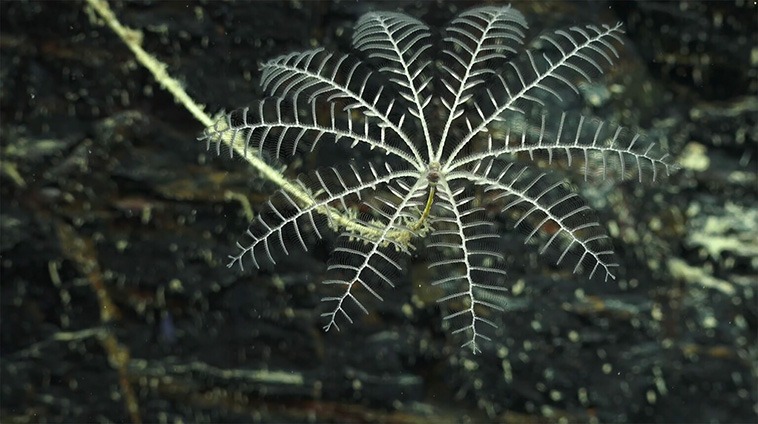
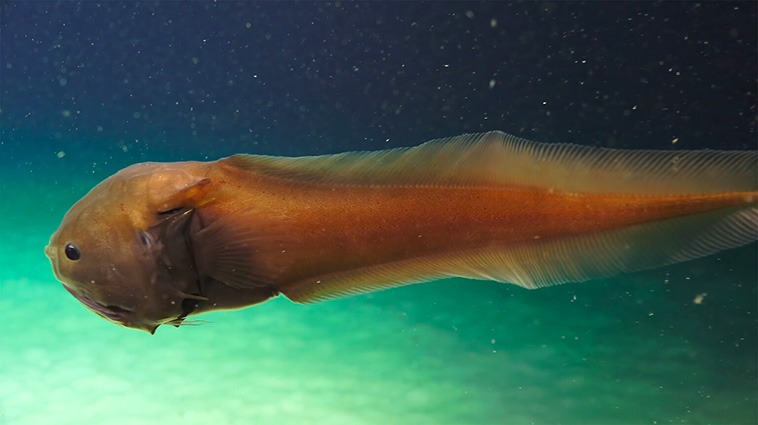

ANIMALS
These Pics Are Art and the Artists Are Insects
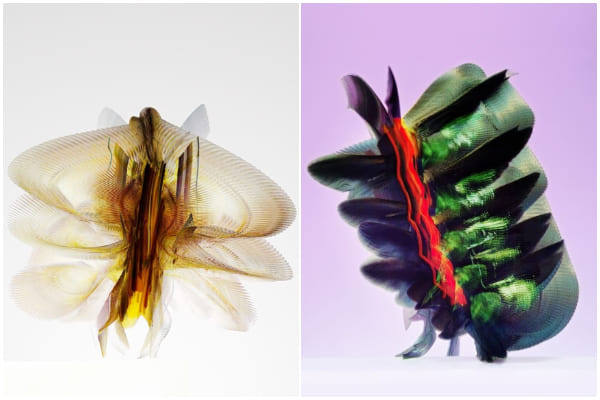
Flying insects move so quickly that they are hard to follow, but new technology and some smart ideas have helped Spanish photographer Xavi Bou do just that. After spending 10 years focusing on birds in flight for his Ornithographies project, he turned his attention to insects.
For Entomographies, he uses high-speed video footage taken by Adrian Smith, an insect expert at North Carolina State University, to study and record how insects move. Bou then picks multiple frames and combines them into single images that show the fast movements of one or more insects through space and time.
With Smith’s help, Bou has captured the aerial tricks of wasps, the jumps of leafhoppers, and the fluttering of butterflies in amazing detail. He hopes that by doing this, he can make people more aware of the decline in important insect populations around the world.
1. Zebra longwing
This butterfly, which is common in many areas of the Americas, really fits its name. It can fly very high with just a few flaps of its large wings.
 Image source: nationalgeographic
Image source: nationalgeographic
2. Two-lined spittlebug
This insect, which comes from the eastern United States, is often seen as a pest because it likes to eat grass. Its springy back legs can make it jump into the air like a rocket.
 Image source: nationalgeographic
Image source: nationalgeographic
3. Yellow-collared scape moth
Unlike most moths, this North American species flies during the day. Its shiny blue-black wings sparkle in the sunlight.
 Image source: nationalgeographic
Image source: nationalgeographic
4. Ailanthus webworm moths
These tropical moths have spread farther north in the U.S. Because of their larval host, the invasive tree of heaven, they are now one of the most common backyard moths in the country.
 Image source: nationalgeographic
Image source: nationalgeographic
5. Common stonefly
Mostly found in eastern North America, this insect starts its life as an underwater nymph in forested streams or rivers. Then it leaves the water, sheds its skin, and becomes an adult with wings.
 Image source: nationalgeographic
Image source: nationalgeographic
6. Green lacewings
Eighty-seven species of this insect have been found in the U.S. and Canada. Since they eat a lot of unwanted plant pests like aphids and mites, they are often used to naturally control these pests.
 Image source: nationalgeographic
Image source: nationalgeographic
7. Grapevine beetle
This insect, fittingly named, eats the leaves and fruit of grapevines, both wild and farmed, but it doesn’t do much damage to the plants. As a type of scarab beetle, it often flies in a curved path.
 Image source: nationalgeographic
Image source: nationalgeographic
8. Oak treehopper and green treehopper
Treehoppers are known for their uniquely shaped pronotum, the part behind their head, which often looks like plant parts to hide from predators. They can jump well thanks to special muscles.
 Image source: nationalgeographic
Image source: nationalgeographic
9. Banded orange
This brightly colored butterfly can be found from Mexico to Brazil. Before mating season, male butterflies look for mineral salts, sometimes even drinking salty fluids from the skin, eyes, and nostrils of other animals.
 Image source: nationalgeographic
Image source: nationalgeographic
10. Sapho longwing
Longwings can live for 6 to 7 months, longer than most butterflies. This type, found from Mexico to Ecuador, has shiny blue wings, which is why it’s also called the Sapphire longwing.
 Image source: nationalgeographic
Image source: nationalgeographic
ANIMALS
Eagle and Fox in an Epic Midair Battle Over a Rabbit, Were Captured by a Photographer

Wildlife photography often depends on the perfect combination of good timing and the right place.
That’s exactly what happened when Kevin Ebi, an experienced wildlife photographer, captured an incredible battle between a bald eagle and a red fox, both competing for a rabbit meal.
In a detailed blog post, Ebi shares the fascinating series of events that unfolded while he was photographing foxes in San Juan Island National Historical Park, located in Washington state.
Ebi noticed a lively group of eight fox kits as they began their hunting lessons. Suddenly, they spotted a rabbit, and a thrilling chase ensued. Eventually, one of the foxes emerged as the winner, proudly carrying the rabbit across the field.
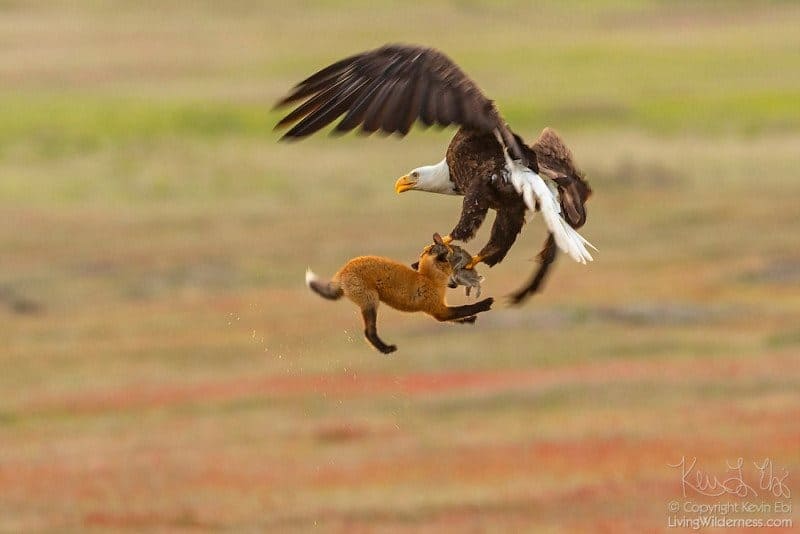 Image source: Kevin Ebi
Image source: Kevin Ebi
Ebi shares what happened at that moment: “As I followed the fox with my camera, a sudden bald eagle cry caught my attention. It was swiftly approaching, clearly aiming for the rabbit. I quickly focused on the fox, anticipating a quick turnover of events.”
To Ebi’s astonishment, instead of a quick surrender, the situation turned into a intense fight in the air.
The eagle used its power to lift the fox and rabbit high up in the sky. Even while airborne, the fox attempted to break free by swinging back and forth.
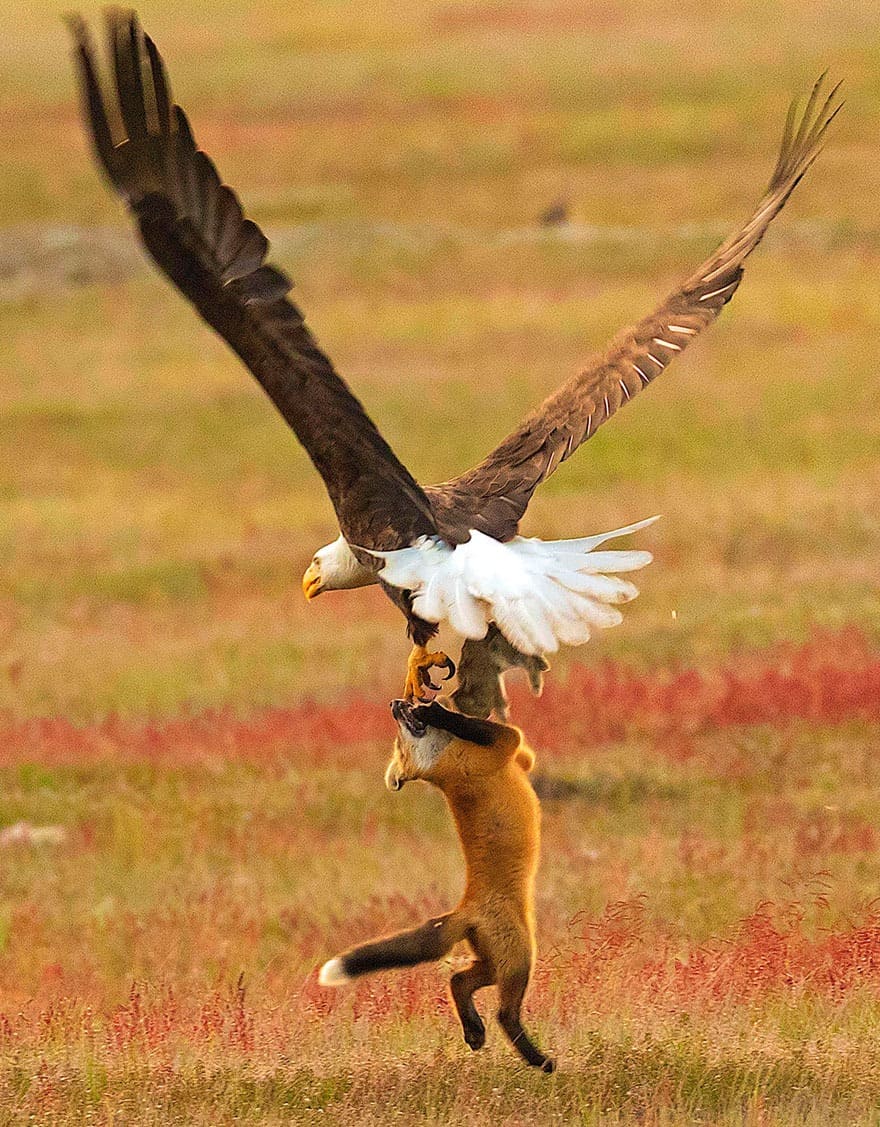 Image source: Kevin Ebi
Image source: Kevin Ebi
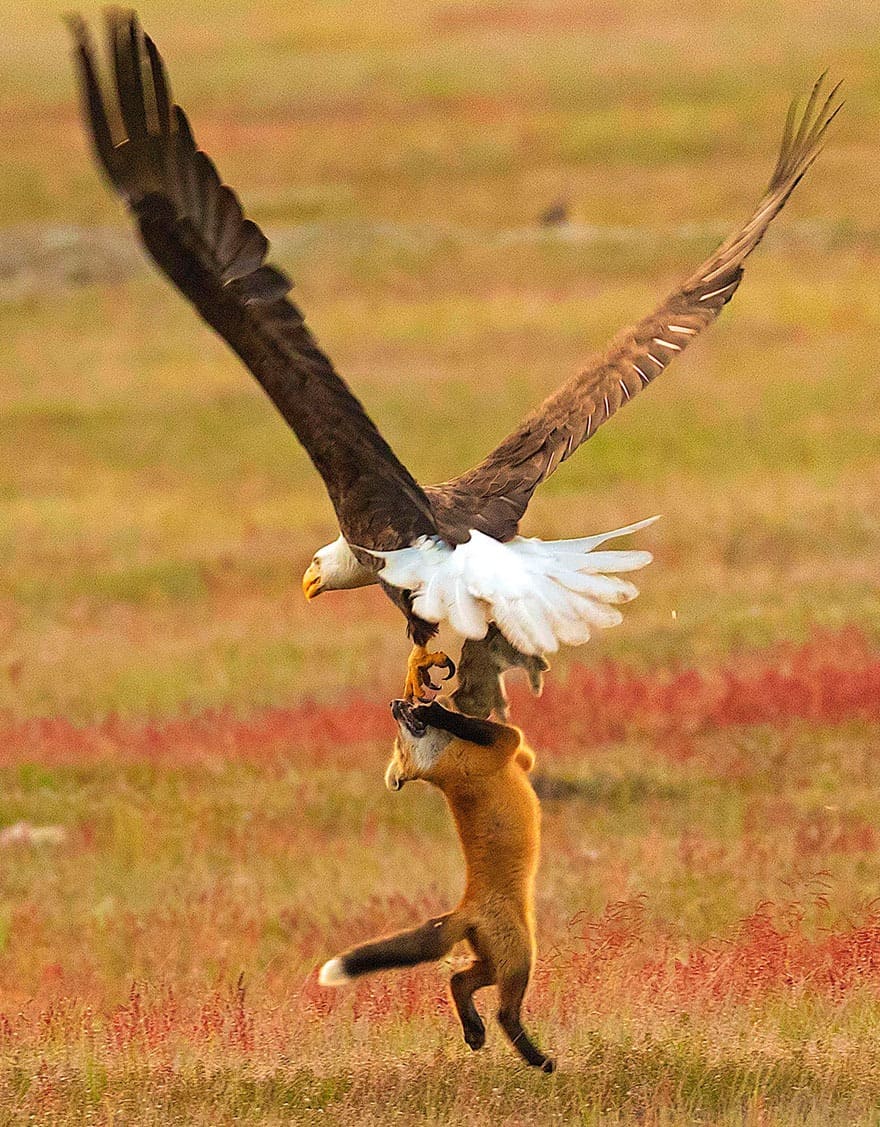 Image source: Kevin Ebi
Image source: Kevin Ebi
 Image source: Kevin Ebi
Image source: Kevin Ebi
In the end, the eagle moved the rabbit to its other claw, causing the fox to let go. The intense battle came to an end in less than 10 seconds.
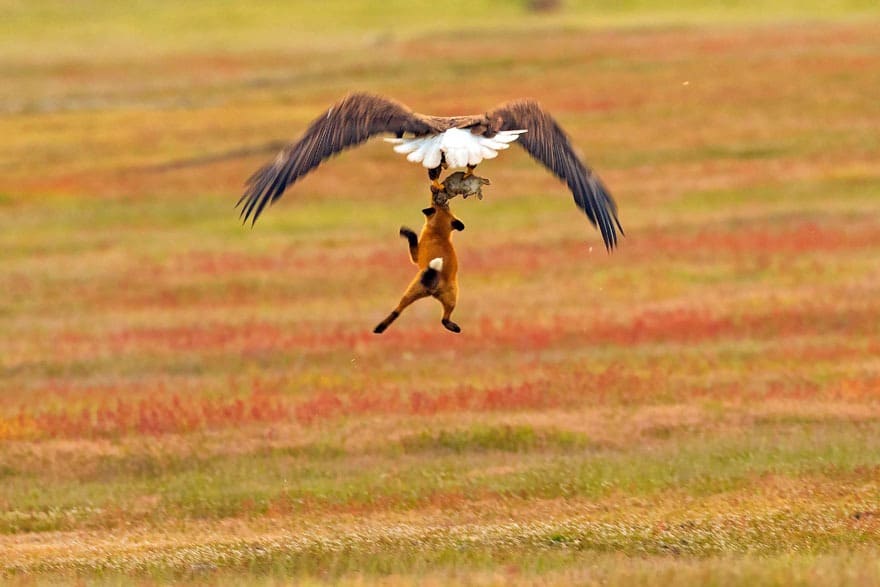 Image source: Kevin Ebi
Image source: Kevin Ebi
For those worried about the fox’s well-being after the fight, Ebi reassures that it was not injured. The fox swiftly bounced back from the encounter and resumed its playful behavior with the other young foxes, showing no visible wounds from the aerial clash.
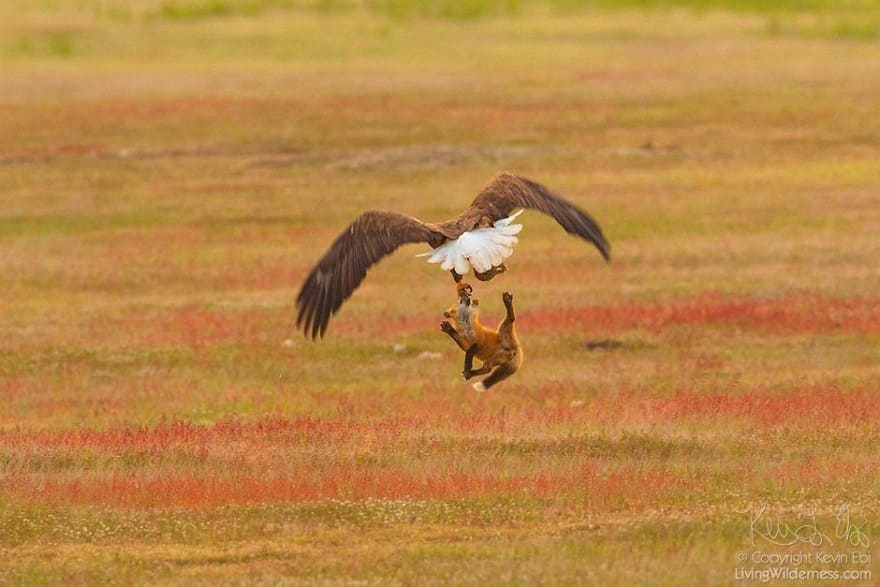 Image source: Kevin Ebi
Image source: Kevin Ebi
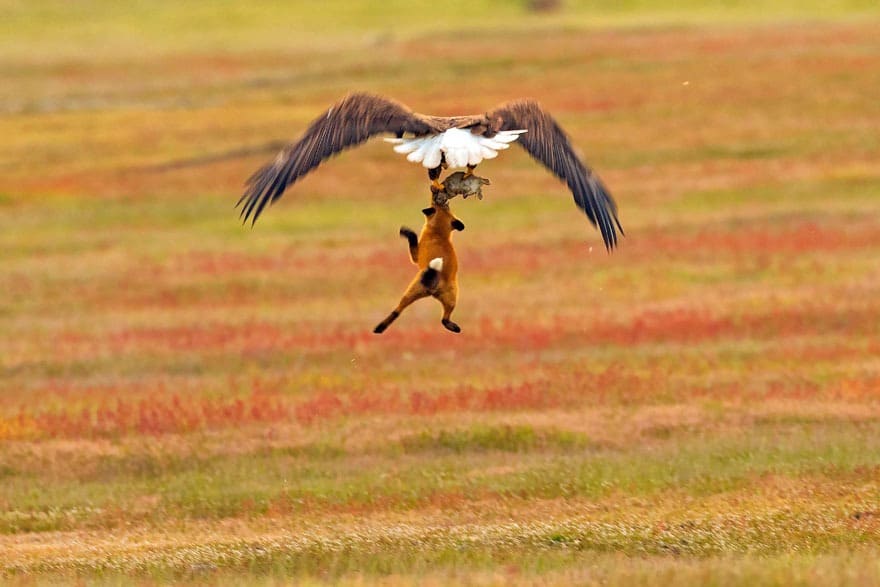 Image source: Kevin Ebi
Image source: Kevin Ebi
 Image source: Kevin Ebi
Image source: Kevin Ebi
 Image source: Kevin Ebi
Image source: Kevin Ebi

 GARDEN1 năm ago
GARDEN1 năm ago4 Easiest Ways to Get Free Plants

 DIY & CRAFT1 năm ago
DIY & CRAFT1 năm ago17 Inexpensive DIY Garden Walkway Ideas

 GARDEN1 năm ago
GARDEN1 năm ago8 Amazing Coca-Cola Uses

 BATHROOM1 năm ago
BATHROOM1 năm ago24 Creative and Unique Bathroom Sink Ideas

 FLOWERS1 năm ago
FLOWERS1 năm ago6 Best Flowers That Can Propagate Easily from Cuttings

 BATHROOM1 năm ago
BATHROOM1 năm ago30 Clever Ways to Use Plants In Your Bathroom

 ANIMALS9 tháng ago
ANIMALS9 tháng agoAbandoned Cat Finds Happiness in New Home Despite Being ‘Too Affectionate

 GARDEN1 năm ago
GARDEN1 năm ago15 Different Fern Types to Grow Indoors

